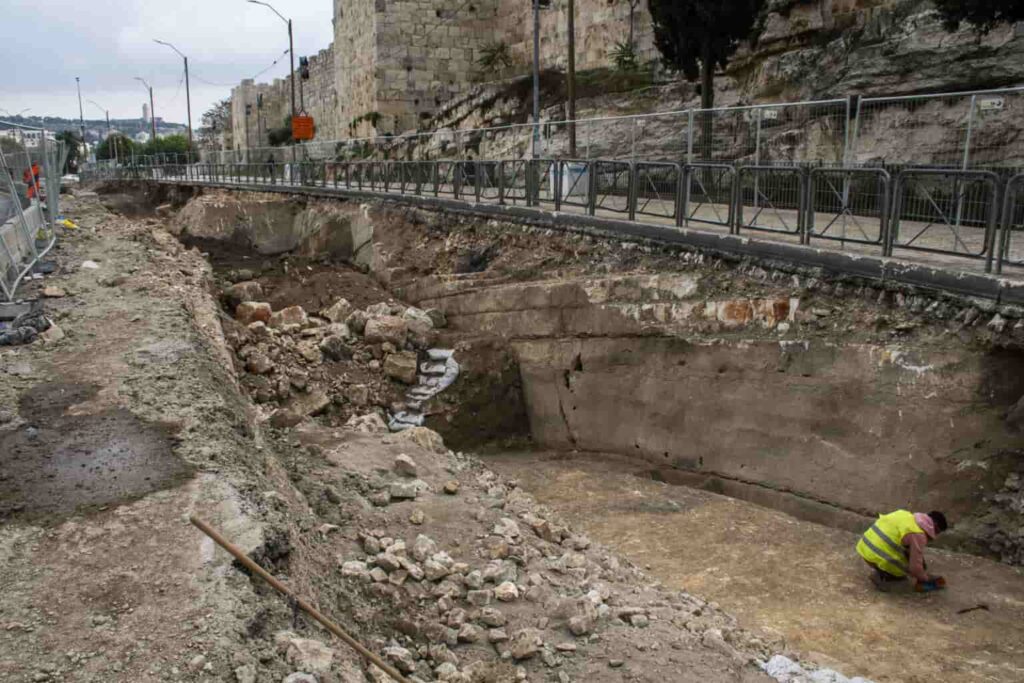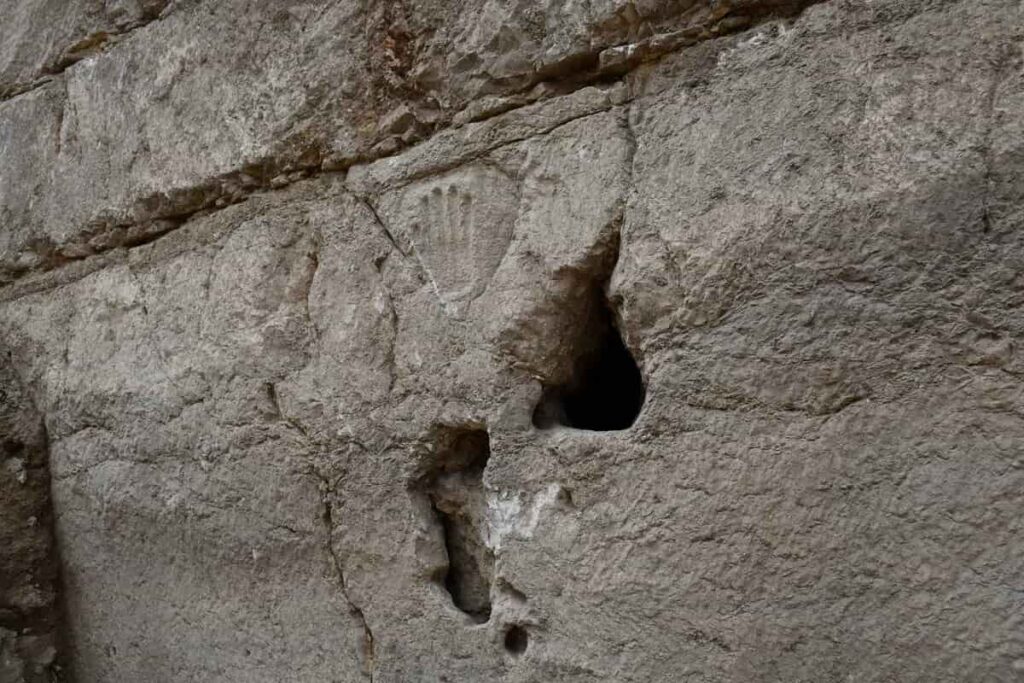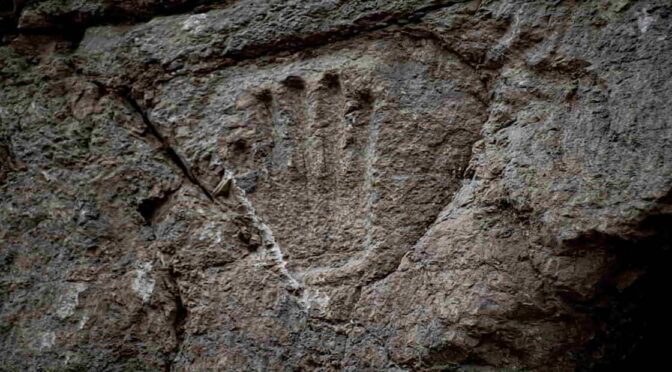Mysterious Hand Imprint Discovered In 1,000-Year-Old Moat Wall In Jerusalem
Around 1,000 years ago, just before the Crusades, a deep 10-meter large moat was hewn into the rock surrounding the walls of Jerusalem. Carved into the rock was also a mysterious hand imprint, whose author and meaning remain obscure. The discoveries were announced by the Israel Antiquity Authority on Wednesday.
“The historians who accompanied the First Crusade, describe the arrival of the Crusaders at the walls of Jerusalem in June 1099,” said Dr. Amit Re’em, Jerusalem regional Director at the IAA.
“Exhausted by the journey, they stood opposite the huge moat, and only after five weeks succeeded in crossing it with deploying tactics and at the cost of much blood, under heavy fire from the Muslim and Jewish defenders.”
The excavation began ahead of construction works in the area adjacent to the Old City (as required by Israeli law). A team from the IAA uncovered the moat underneath the main Sultan Suleiman Street.

“People are not aware that this busy street is built directly over a huge moat, an enormous rock-hewn channel, at least 10 m wide, and between 2–7 m deep,” Excavation Director Zubair Adawi remarked.
“The moat, surrounding the entire Old City, dates back about 1,000 years to the 10th century CE or earlier, and its function was to prevent the enemy besieging Jerusalem from approaching the walls and breaking into the city.
Moats, usually filled with water, are well-known from fortifications and castles in Europe, but here the moat was dry, its width and depth presenting an obstacle slowing down the attacking army.”
The moat added another layer of protection to Jerusalem in addition to the defensive wall. The current wall was built in the 16th century, but in the 10th century, the city was already fortified.
“The earlier fortification walls that surrounded the ancient city of Jerusalem were much stronger,” said Re’em.
“In the eras of knights’ battles, swords, arrows, and charging cavalry, the fortifications of Jerusalem were formidable and complex, comprising walls and elements to hold off large armies storming the city.”
In the past, archaeologists had already uncovered tunnels that were part of the fortifications.
“Armies trying to capture the city in the Middle Ages, had to cross the deep moat and behind it two additional thick fortification walls, whilst the defenders of the city on the walls rained down on them fire and sulfur,” Re’em explained.
“As if this wasn’t enough, there were secret tunnels in the fortifications, some of them uncovered by the Israel Antiquities Authority archaeologists in previous excavations, whereby the city defenders could emerge into the moat and attack the enemy by surprise, and then disappear back into the city.”

Carved in one of the walls of the moat, the archaeologists identified a mysterious hand imprint.
“Does it symbolize something? Does it point to a specific nearby element? Or is it just a local prank? Time may tell,” the experts commented.
